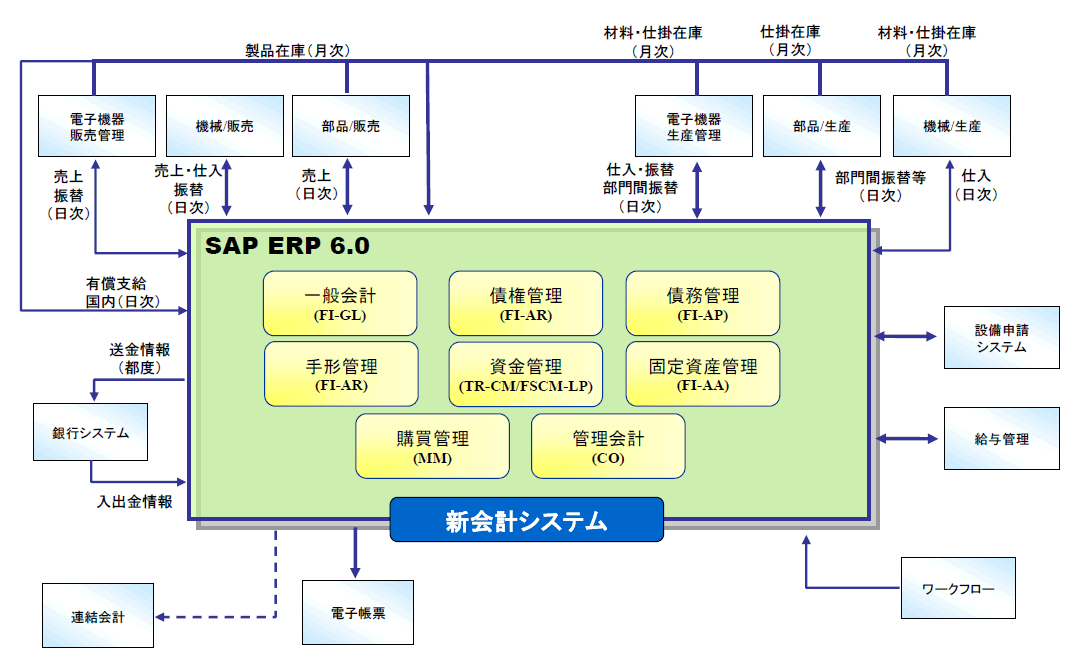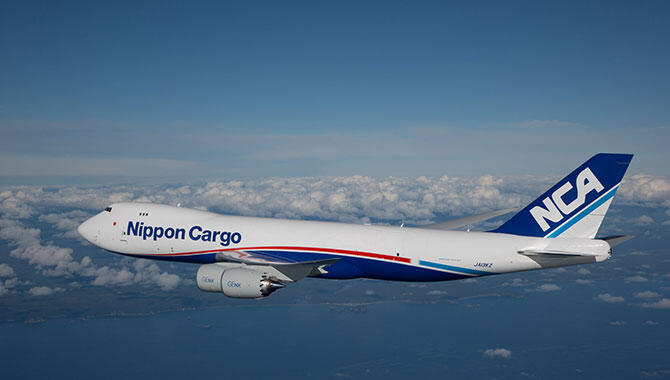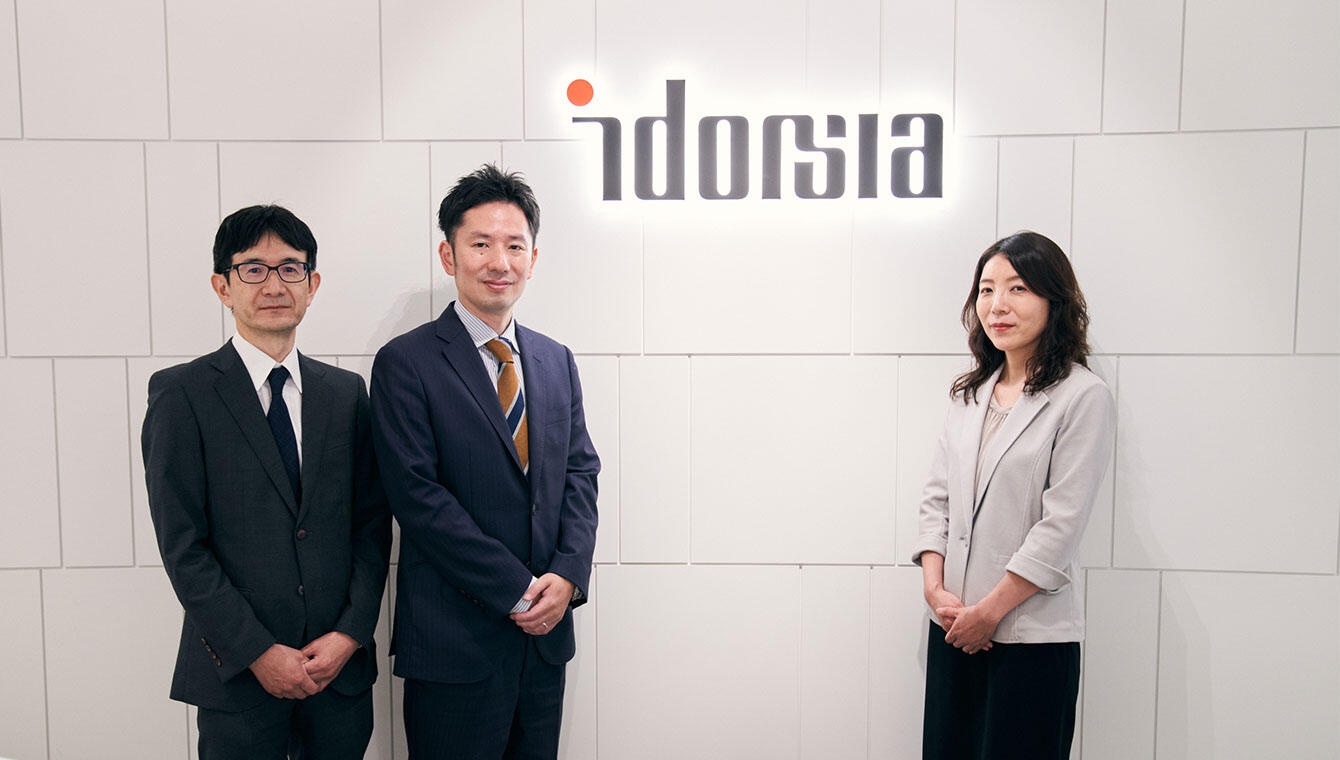Challenges
By building a new accounting system to improve efficiency and quality, and speed up accounting and financial operations.
Implemented Products/Solutions
SAP ECC 6.0 FI/CO/FSCM/IM/PS/MM
Project Background
Since its establishment in 1950, STAR MICRONICS CO., LTD. has been a manufacturer of small printers, machine tools such as automatic lathes, and precision parts, with a focus on small precision processing and assembly technology for more than half a century. Since the 1970s, the company has expanded its production and sales business globally, with 15 overseas subsidiaries.
The global recession caused by the international financial crisis triggered by the 2007 subprime mortgage crisis also had an impact on the company. Internally, there was a need to reduce expenses and costs, and there was also a need to review accounting and finance operations. In addition, the current accounting system was unable to cope with the need to comply with IFRS, which may occur in the near future, and to develop operations and systems that support business strategies such as overseas expansion.
Therefore, the company began implementing a new accounting system that involved restructuring business processes, with the aim of improving efficiency, improving quality, and speeding up accounting and financial operations. The specific items to be achieved are as follows.
- Business processes: Consolidation of operations, clarification of roles, strengthening of controls, standardization of formats and procedures, review of code systems, etc.
- System side: Unified management of receivables and debts and fixed assets, computerization of approval operations, automation of data collection, calculation and output, improvement of input quality of segment information, improvement of control by controlling authority with ID, processing of interfaces as needed
Project Outline

Diagram for New Accounting System
For the new accounting system, we selected IFRS and SAP ERP, a worldwide package, with global expansion in mind. In addition, B-EN-G was selected as a partner for building this system, as it has extensive experience in the manufacturing industry and in global expansion, and is capable of appropriately managing the project within budget and schedule.
The target of the construction is general accounting and financial operations, that is, receivables and payables management, bill management, purchasing management (general purchasing), fixed asset management, equipment application, general accounting, and management accounting.
The project kicked off in August 2010 and went into full operation one year later, as planned, in September 2011. After going live, we were unfamiliar with some of the expected operations, but the system operated without any problems and we were able to complete the quarterly financial results without any problems.
B-EN-G as a Partner
This project involved reforming accounting and financial operations, and the project schedule includes a period for hearing current operations, examining future operations, and examining the code system as an operational reform phase. The company deftly gave shape to the "ideal state" that it had envisioned in advance, following the format submitted by B-EN-G. B-EN-G worked together on everything from creating a roadmap for company-wide systems for the next five years to examining detailed work flows. In addition, regarding the code system, we provided advice based on case studies, assuming global deployment of the system.
The company said, "This is our first time doing business with B-EN-G. Therefore, there were some concerns at first, but throughout the project, we ultimately chose B-EN-G from the perspectives of delivery date, budget, and quality. I'm glad."
Implementation Results
The company has completed this project and is well on its way to reforming its head office's accounting operations. For example, under the old system, the number of forms that were simply tallied was 717, but now it has been reduced to 143 through program integration.
We plan to use the successful experience and know-how of this initiative as fuel to further contribute to management.
Case study company introduction
| Company Name | Star Micronics Co., Ltd. STAR MICRONICS CO., LTD. |
| Establishment | July 1950 |
| Head office location | Shizuoka City, Shizuoka Prefecture |
| Business Activities | Manufacture of special machines (small printers) and machine tools (CNC automatic lathes, etc.) |
| Company website | https://star-m.jp/ |
*Please note that organization names, positions, numerical data, etc. in the article are based on the time of the interview and may have changed by current viewing.
Related Solutions
Relevant information and case studies based on solutions presented above.
Related Case Studies

Nippon Cargo Airlines Co., Ltd.
Aiming to Shift to High-Value-Added Businesses: A Case Study of Accounting System Restructuring with RISE with SAP
Logistics
ERP
SAP

Idorsia Pharmaceuticals Japan Ltd.
Compatible with Global Requirements: Case Study of a Project to Build a Sales Management System Compatible with JD-NET
Medicine
ERP
Pharmaceutical & Medical Device Industries
SAP

GE Healthecare Pharma Limited
Promoting Understanding among Global IT Teams: JD-NET-compliant Enterprise Resource Planning System Implementation Project Case Study
Medicine
ERP
Pharmaceutical & Medical Device Industries
SAP

